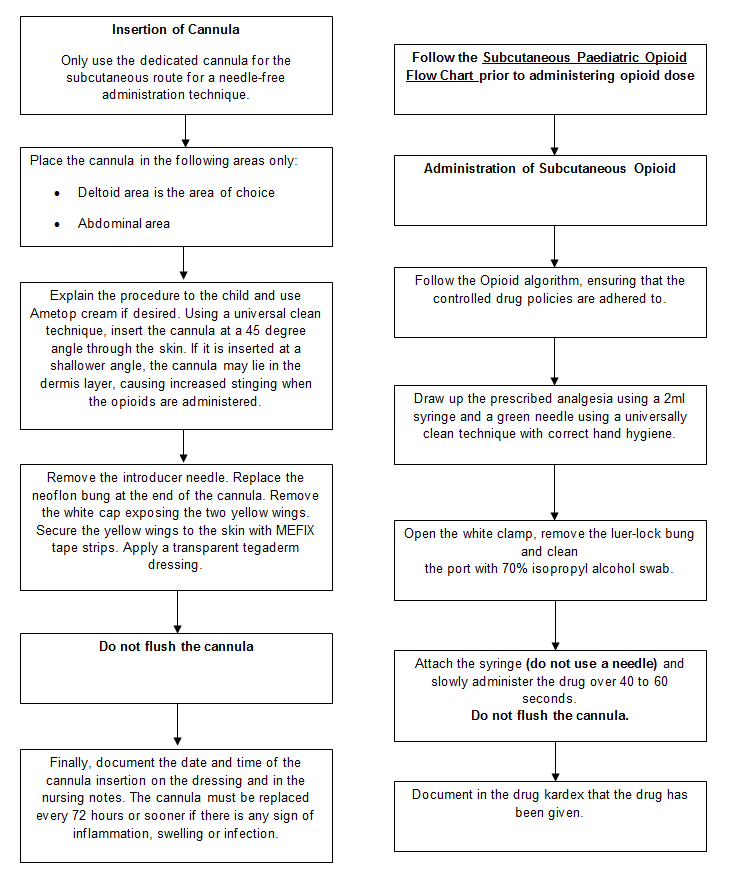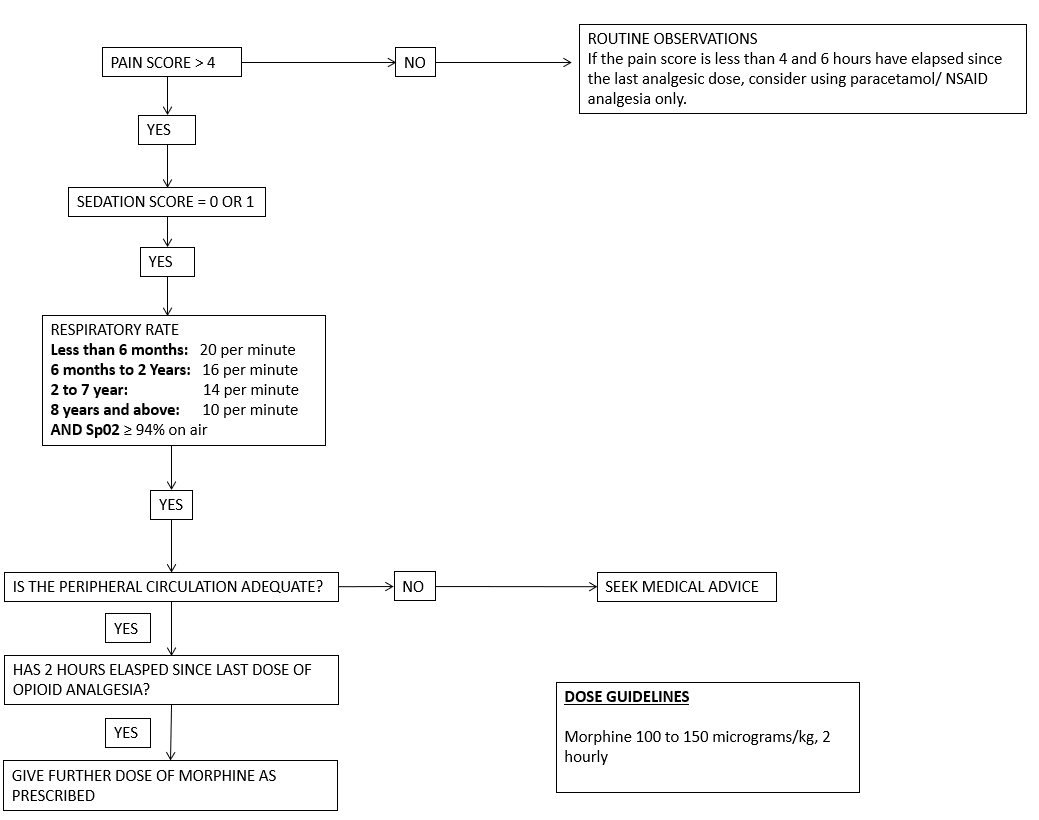Right Decision Service newsletter: May 2024
Welcome to the Right Decision Service (RDS) newsletter for May 2024.
Issues with RDS and Umbraco access
A fix was deployed on Thursday 30th May to address the stability issues experienced with the Right Decision Service over recent weeks. These arose principally when multiple toolkits were built simultaneously or successively to the mobile app We are hopeful that the stability issues are now resolved. If you encounter any problems with this newly deployed site, please email ann.wales3@nhs.scot and onivarova@tactuum.com immediately as well as raising an Urgent support ticket.
Thank you again for your patience while we have been resolving these issues.
New editor request form
A form to request creation of new editors, or updates to existing editor details, is available in the Standard Operating Procedures toolkit .
Redesign and improvements to RDS
The timeline for this work has been slightly delayed because effort has been diverted to addressing the recent stability issues. However, the redesign of search, browse, archiving and version control have now been through a second round of testing and Tactuum is beginning to work on amendments. We now plan to go out to user acceptance testing in July 2024 and will let you know when we are ready to do this.
Deep linking direct to individual toolkits on the mobile app
We are awaiting clarification from Tactuum on the time and effort required for this development. We should hear this week and I will let you know as soon as information is available.
New feature requests
Once we have completed the current redesign and deep linking we will be able to take stock of outstanding new feature requests and update you on what can be achieved within available resource.
Training
Introductory webinars for new RDS editors will be held on the following dates:
- Thursday 27 June 11 am – 12 pm
- Wednesday 3rd July 3.15 pm – 4.15 pm
To book to attend one of these webinars, please contact Olivia.graham@nhs.scot , stating your name, job title, health board and preferred date for training.
The RDS Learning working group is also progressing work on “train the trainer” resources for RDS editors and toolkit leads. These resources include:
- A module on clinical and care governance for RDS content
- A step by step introduction to the toolkit development process.
- Video learning bytes to introduce key editorial features and functions.
We aim to have initial content available on the RDS Learning area by end of June/early July.
Evaluation
Thanks to Fergus Donachie in NHS Dumfries and Galloway and Sheila Grecian in NHS Lothian, who have shared the results of user surveys for their referral management and diabetes & endocrinology toolkits. The results provide excellent insights into how RDS is improving practice and saving time for clinicians. And there are also helpful suggestions for improving the service.
This all provides valuable material to support the business case to Scottish Government for the next stages of RDS development. If you have carried out local evaluation we would be very pleased to hear from you.
New toolkits
The following RDS toolkits are now live:
The Right Decisions toolkit for SIGN 171: Management of diabetes in pregnancy.
SIGN 168: Assessment, diagnosis, care and support for people with dementia and their carers. This toolkit is live and just awaiting final editorial review to remove the “in development” status.
Living well with dementia - for everyone. We recommend that you use the mobile version of this toolkit, as the web version contains only informational resources. The mobile app provides access to the Dementia wellbeing diary, which enables people in early post-diagnostic stages and their carers to keep track of their wellbeing outcomes. Each wellbeing outcome is linked to resources and services supporting that outcome. The mobile toolkit also provides a digital version of the “Getting to know me” form, and a range of resources and tools for people living with dementia and their carers. Four HSCPs have localised this app to include directories of local support services, but this generic app is available for anyone in any location to use.
The following toolkits are due to go live imminently:
- SARCS (Sexual Assault Response Coordination Service)
- Child protection procedures (North Lanarkshire)
- NHS Lothian neonatal guidelines
Toolkits in development
Some of the toolkits the RDS team is currently working on:
Waiting Well – national toolkit for healthcare professionals. This toolkit is being developed for the Scottish Government Waiting Well team in collaboration with NHS GGC knowledge services staff. It provides healthcare teams in NHS Boards and HSCPs with guidance and tools to develop and implement their action plans to support people on waiting lists with access to information, signposting to local community assets and services, and to professional support and services.
NHS Borders RefHelp – referral guidance for NHS Borders. Work is about to start on a similar toolkit for NHS Tayside.
Please contact his.decisionsupport@nhs.scot if you would like to learn more about a toolkit. The RDS team will put you in touch with the relevant toolkit lead.
Quality audit
Thank you to everyone who has completed the retrospective Quality Assurance checklist. I am pleased to say that the latest report was well-received within Healthcare Improvement Scotland, with positive comments on the commitment shown by NHS Boards and other organisations to ensuring the quality and safety of their content on the RDS.
Implementation projects
A knowledge exchange session to share learning about implementation of patient and public-facing RDS apps is scheduled for 28th June 11 am – 12 pm. This will include sharing key points from a recent literature review, and the results of early tests of change of implementing the ‘Being a partner in my care’ app, which aims to help citizens to become active partners in Realistic Medicine.
If you would like to attend this session and have not yet received an invitation, please contact ann.wales3@nhs.scot .
If you have any questions about the content of this newsletter, please contact his.decisionsupport@nhs.scot If you would prefer not to receive future newsletters, please email Olivia.graham@nhs.scot and ask to be removed from the circulation list.
With kind regards
Right Decision Service team
Healthcare Improvement Scotland
The Right Decision Service: the national decision support platform for Scotland’s health and care
Website: https://rightdecisions.scot.nhs.uk Mobile app download: Apple Android



